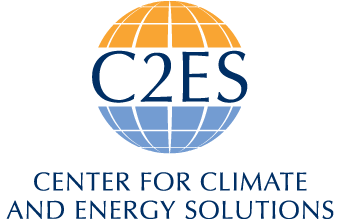Publication
Reliability in Reserve: Long-Duration Energy Storage for an Abundant American Energy Future
Long-duration energy storage (LDES) is any storage technology that can supply energy—typically as electricity, and in some cases as heat—continuously for at least ten consecutive hours at full power. LDES systems offer an alternative to shorter-duration energy storage technologies like …

